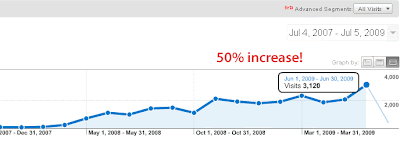

Video artifacts resulting from laser rot on a 1981 MCA Discovision pressing of The Electric Horseman.


īlu-rays, used to distribute movies (often as merchandise) and games, usually use a silver alloy layer instead of aluminum. Because they are less expensive, the industry has adopted aluminium reflecting layers as the standard for factory-pressed optical discs. Finally, discs made with gold as the reflecting layer are considerably less vulnerable to corrosion problems, though no less susceptible to physical damage to that layer. Each type of optical disc thus has different susceptibility to contamination and corrosion of its reflecting layer furthermore, the writable and re-writable versions of each optical disc type are somewhat different as well. Since disc rot is often caused by the corrosion of aluminum, this means that DVDs are more resistant to disc rot. This means that a scratch on either surface of a DVD is not as likely to reach the reflective layer and expose it to environmental contamination and perhaps to cause corrosion, perhaps progressive corrosion.

The thin 0.25-0.5mm layer of protective lacquer is equivalent.ĭVDs have a different structure from CDs, using a plastic disc over the reflecting layer. In the case of CD-R and CD-RW media, the materials used in the reflecting layer are more complex than a simple aluminium layer, but also can present problems if contaminated. CD reflective layers are so thin that this passivation is less effective. In ordinary use, a surface layer of aluminium oxide is formed quickly when an aluminium surface is exposed to the atmosphere it serves as passivation for the bulk aluminium with regard to many, but not all, contaminants. The reflective layer is typically aluminium, which reacts easily with several commonly encountered chemicals such as oxygen, sulfur, and certain ions carried by liquid water. It is rarely uniformly thick thickness variations are usually visible. The lacquer protecting the edge of an optical disc can usually be seen without magnification. In CDs, the reflective layer is immediately beneath a thin protective layer of lacquer, and is also exposed at the edge of the disc. The causes include oxidation of the reflective layer, physical scuffing and abrasion of disc, reactions with contaminants, ultra-violet light damage, and de-bonding of the adhesive used to adhere the layers of the disc together. Tendency of optical discs to become unreadableĭisc rot is the tendency of CD, DVD, or other optical discs to become unreadable because of physical or chemical deterioration.


 0 kommentar(er)
0 kommentar(er)
